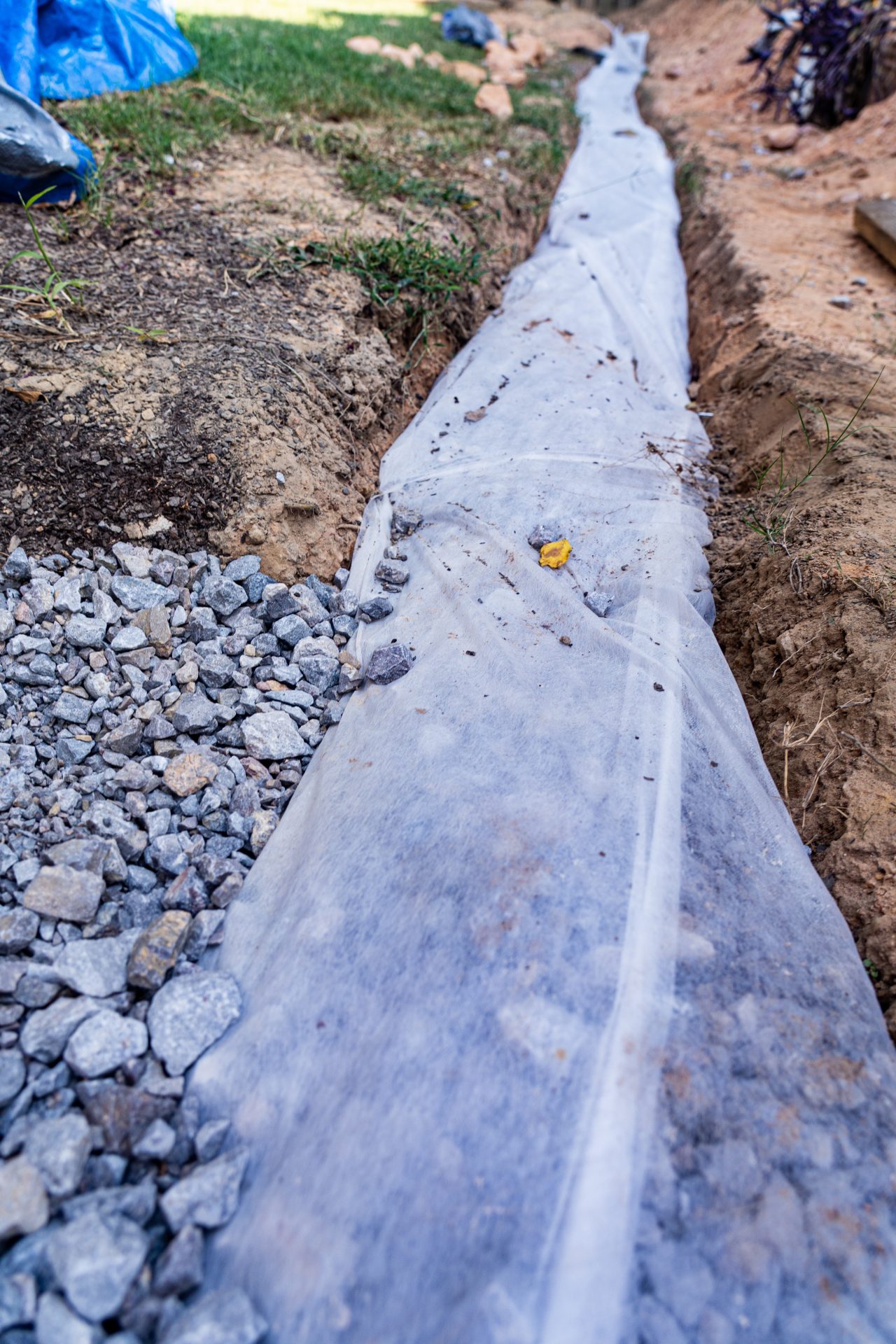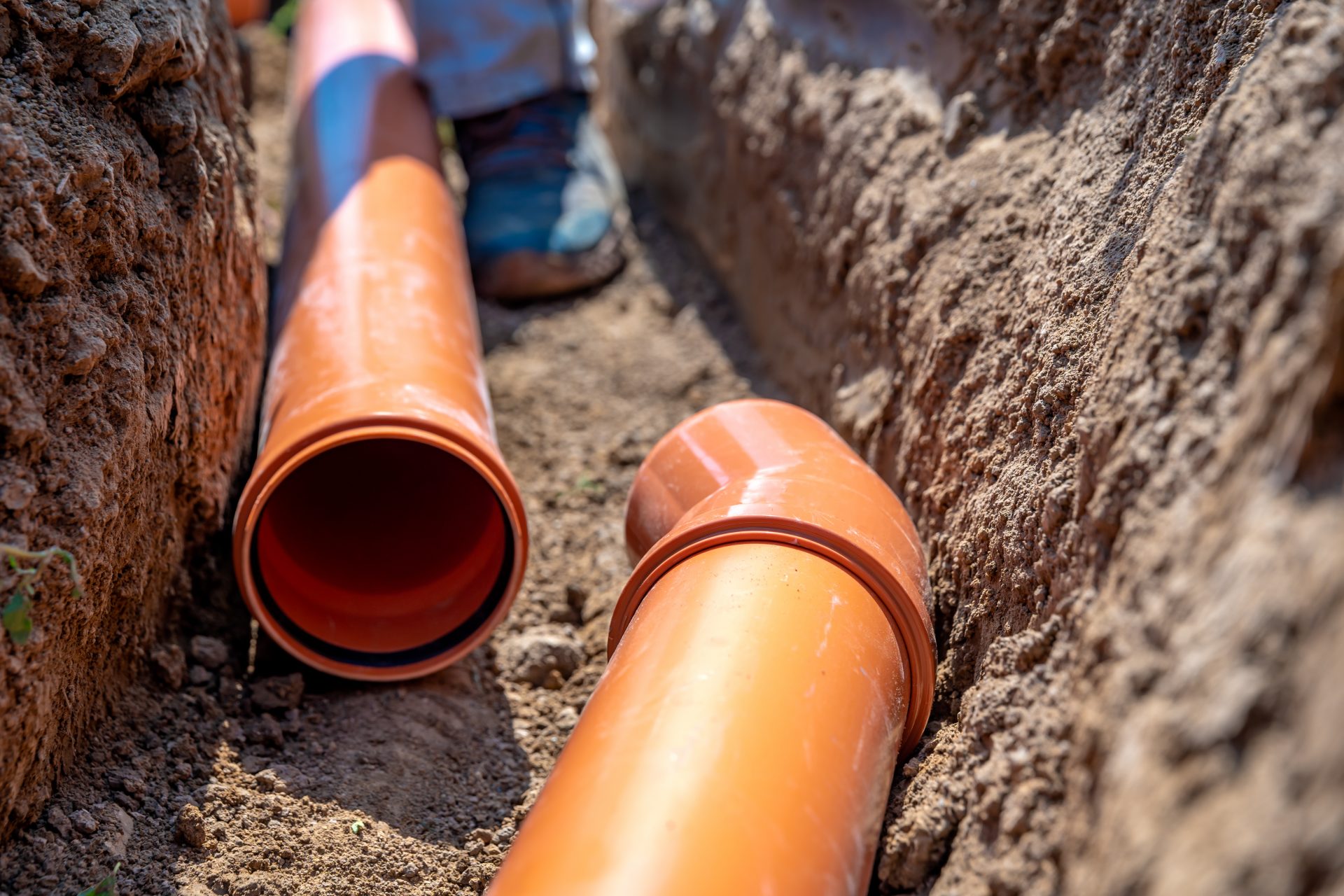A drainage system aims at taking away any unwanted water from your home—this foul water from your toilet or surface run-off from rain.
A poor drainage system may result in odor in your home, soggy lawns, or blockages in your toilet or sink, leading to water-borne diseases.
Hence, building an effective home drainage system isn’t difficult, as will be projected by this article. Read on!
Know The Source Of Water
Knowing the water source you want to get rid of is vital in deciding the type of drainage system to install for your home. There are differences between foul water drainage and surface water drainage.
Moreover, the two systems are necessary for your home, and they should have different piping. The surface run-off piping can drain water into the foul water system, but the reverse shouldn’t happen.
Foul water is emptied into a septic tank if there’s no main sewer in or around your home for treatment.
In addition, you can redirect the surface run-off back to your home and recycle it for various purposes, such as gardening or car cleaning.
Identify The Location Of The Drain
Establish a path that your drainage will follow and mark it out with chalk lime. The course shouldn’t be interfered with by trees or bushes.
Find out from your local council, plumber, or electrician if any pipes and cables are running below the ground along your preferred path. If there’s any, opt for recourse to your drainage path.
Before starting any digging, confirm with the local authority of your area if you can dig for drainage trenches.
If there are permits required, acquire them before proceeding. The drainage system should be at least one meter from an existing boundary or wall.
Check The Slope Of The Drain
The drain should be placed on the ground that slopes downwards to allow the flow of water by gravity and prevent blockage. Check the direction in which rainwater flows when it rains to figure out the slope.
You can adjust the pitch of your preferred path if your home is on flat ground as you dig out the trench for the system.
Ensure the drain slopes away from your home or any nearby buildings, including your neighbor’s houses, to avoid future lawsuits.
Choose The Right Materials

Select materials suitable for the type of drainage system you want to install. For surface run-off, a French drain could suffice. Foul water drainage requires an underground system.
It would be best to have a porous fabric, perforated PVC pipe, and gravel for a French drain. The permeable material prevents the entry of soil and other debris into the pipe.
On the other hand, the perforated PVC pipe allows water to seep into it and drains it into a collection point. Lastly, gravel provides a bed for laying the pipe and securing it in place.
You’ll require more materials for foul water drainage. These materials are bends, connectors, brown PVC pipes of a reasonable diameter, and a lubricant.
The bends and connectors will join pipes at different angles to form water seals, while the PVC pipes will be bound to connect to the main sewer or septic tank. Then, the lubricant will be used to join the pipes together.
Ensure you select the correct pipe sizes depending on the amount of water the pipes will collect.
Of course, the same goes for your safety equipment. Make sure you choose materials that are sturdy and do a good job of protecting your hands and other parts of your body.
When it comes to gloves, look for a pair of nitrile gloves. These will protect your skin from possible contaminants and irritation and offer super chemical and puncture resistance.
Properly Lay Out The Piping
For the surface run-off system, dig out a trench approximately 19 inches deep and 5 inches wide.
Remember to dig as you build a slope if your land is flat. Try maintaining a one percent grade pitch.
Confirm that the drain slopes downwards using a rope or a level. Alternatively, seek a backhoe’s services to do the digging but maintain the measurements.
Lay the permeable fabric on the dug trench once it’s done and leveled. Ensure the membrane has an overhang of several meters on both sides.
Then, pour approximately two inches of gravel on the fabric, ensuring it’s leveled out. Lay the perforated PVC pipe and cover it with an inch or two of gravel.
Lastly, cover the pipe and gravel with the overhanging edges of the permeable fabric, and backfill with the excavated soil.
If your French drain will also collect rainwater from your house’s gutter, connect the gutter to the entry point of your French drain.
Consider covering the entry point of your pipe if you’ve left it out in the open as you covered the rest of its body. You can even cover the drainage system with stone grate covers. This will prevent the open drain from collecting debris, and add a little decoration around the area in your backyard from where the drain is installed, so called the grating suppliers today.
The water collected by your French drain can drain into a dry well, underground water tank, or aquifer for re-use.
For a foul water drainage system, seek the services of a professional plumber to help you install the system. A foul water drainage system is a little bit technical and requires know-how.
Ensure your plumber sets up an inspection chamber or utility hole at every point where a pipe bends or where two or more pipes connect.
The access points will allow for inspection and maintenance in the future as the need arises.
Takeaway
Having adequate drainage in your home ensures excess and unwanted water is safely removed from your home.
With the directions given in this article, take it upon yourself to build an effective drainage system for your homestead.
Ensure the local council inspects and approves the piping before covering it up, especially foul water drainage.
